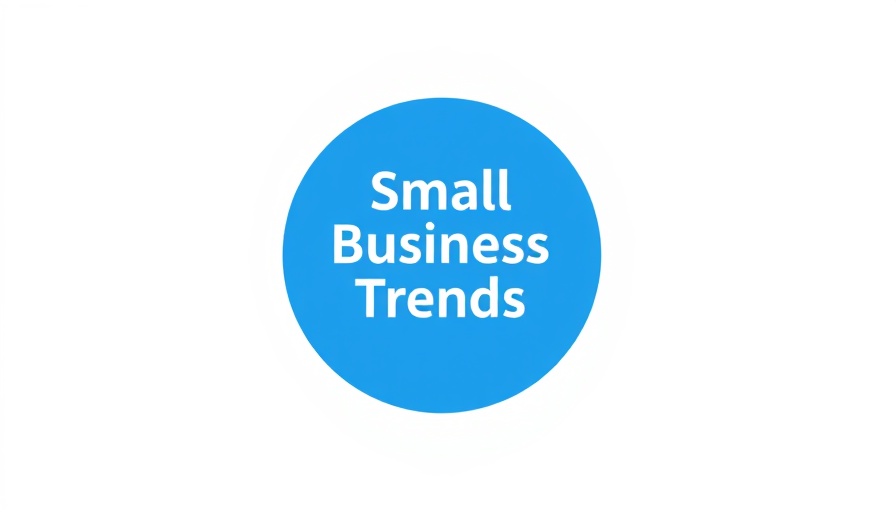
The Importance of Crafting an Effective Marketing Strategy Plan
In the fast-paced world of technology and innovation, forming a robust marketing strategy is paramount. Understanding your market's landscape, especially in sectors driven by AI and automation, is essential for any business aspiring to thrive. This article discusses five crucial components of an effective marketing strategy plan, emphasizing the integration of modern technological tools to enhance performance.
1. Identify Your Target Audience
The first step in constructing a marketing strategy is understanding your audience. By creating detailed audience personas based on demographic and psychographic data, marketers can align their strategies to meet the specific needs and preferences of their target market. With the increase in digital communication, employing AI tools to analyze data on consumer behavior has become indispensable. For instance, understanding media consumption habits allows businesses to tailor their marketing channels efficiently and effectively.
2. Setting Clear Marketing Goals and Objectives
In defining the direction of your marketing efforts, it’s vital to set clear goals and objectives. By focusing on SMART criteria—Specific, Measurable, Achievable, Relevant, and Time-bound—businesses can determine their aspirations and the precise steps needed to achieve them. For example, aiming to increase product sales by 20% might be a broad goal, while the objective would target generating a specific number of qualified leads each quarter, facilitated by AI marketing strategies. Regular evaluation ensures these goals remain achievable in an ever-evolving market landscape.
3. Conducting Competitive Analysis Thoroughly
Understanding your competition is critical to positioning your brand successfully. A detailed competitive analysis allows for the assessment of competitors’ strengths, weaknesses, opportunities, and threats (SWOT analysis). As tech advancements like AI reshape industries, staying ahead requires knowing how competitors leverage these tools. Utilizing software that gathers competitive intelligence can help adapt strategies based on consumer preference trends.
4. Develop a Modern Content Creation Strategy
With the rise of AI-driven content generation, developing a diverse, authentic content strategy is necessary for engagement. Whether producing AI blogs, videos, or informative articles, the key lies in syncing the content with audience needs and organizational objectives. AI tools facilitate the creation of personalized content, which not only caters to diverse audience segments but also builds trust within the community.
5. Implement Measurement and Evaluation Techniques
Evaluation is a cornerstone of any marketing strategy. Utilizing key performance indicators (KPIs) and customer engagement metrics allows businesses to monitor their success continuously. AI marketing tools provide real-time analytics, which enhance decision-making and strategy adjustments, ensuring that marketing initiatives are effectively driving the intended results. Understanding what works—and what doesn’t—enables organizations to pivot when necessary and seize emerging opportunities.
Automation and AI: Transforming Marketing Strategy
The role of automation and AI in marketing cannot be overstated. By automating repetitive tasks, marketers can focus their attention on strategy development and creative processes. For instance, AI content generators create articles, blogs, and even videos, saving time and maintaining quality. Such technology allows marketers to become more agile, responding swiftly to changes in market dynamics with data-driven insights, which is increasingly critical in today’s landscape.
Future Trends in Marketing Strategy
As technology continues to advance, the marketing landscape will inevitably transform. We can anticipate that AI will increasingly influence personalization, making products and content even more tailored to individual consumer preferences. The importance of data privacy will also become paramount, as consumer awareness expands alongside technology. Marketers will need to navigate these waters carefully, aligning their strategies to ensure compliance with regulations while harnessing the power of AI.
In conclusion, by leveraging these essential components—target audience identification, clear goals, competitive analysis, cutting-edge content strategies, and robust measurement techniques—businesses can enhance their marketing effectiveness. As AI continues to reshape the landscape, staying ahead will depend on how well companies adapt and integrate these innovations into their marketing strategies.



Write A Comment